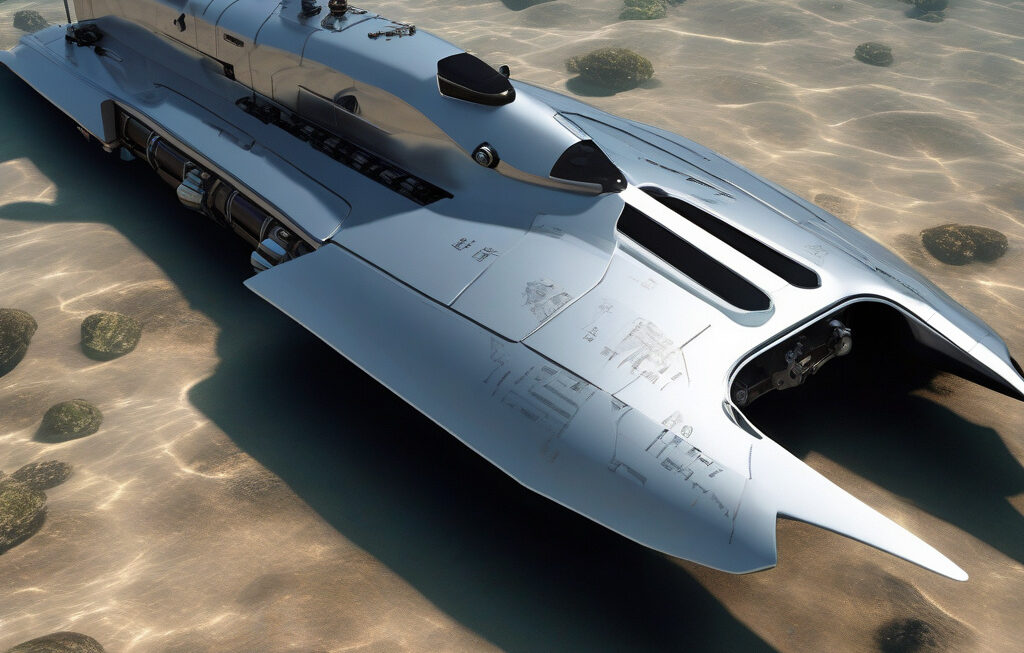Military Tech that Hacks and Takes Control Over Enemy Drones: Dominating Future Wars
Combat drones could be harmful to the countries that use such weapons at the time. With the rapid advancement of technology, the future of warfare is evolving at an exponential pace. One of the most significant developments in military technology is the ability to hack and take control over enemy drones. This innovative approach not only provides a strategic advantage on the battlefield but also has the potential to dominate future wars.
In recent years, the use of combat drones has become increasingly prevalent among various military forces around the world. These unmanned aerial vehicles (UAVs) are equipped with advanced technology, including surveillance cameras, missile systems, and even artificial intelligence capabilities. While drones offer significant advantages in terms of reconnaissance and precision strikes, they also pose a threat if they fall into the wrong hands.
Imagine a scenario where a hostile force deploys a swarm of drones against an enemy target. These drones can cause massive destruction and casualties if not intercepted in time. However, with the ability to hack into the enemy’s drone network, a defending force can turn the tide of the battle in their favor. By taking control over the hostile drones, they can redirect the attacks, gather valuable intelligence, or even neutralize the threat altogether.
One of the most prominent examples of military tech that hacks and takes control over enemy drones is the concept of “counter-drone systems.” These systems are specifically designed to detect, track, and intercept hostile drones in real-time. By using a combination of radar, radio frequency jamming, and cyber warfare tactics, counter-drone systems can effectively neutralize enemy UAVs without causing collateral damage.
Furthermore, the ability to hack into enemy drones opens up a wide range of possibilities for military strategists. For example, instead of destroying a hostile drone, they can hijack its control signals and use it for their advantage. This could involve turning the drone against its own forces, manipulating its flight path to gather intelligence, or even using it as a decoy to lure out other enemy assets.
In addition to traditional warfare scenarios, the use of hacked drones can also have significant implications in asymmetric warfare and counterinsurgency operations. By infiltrating terrorist organizations or rogue states’ drone networks, military forces can disrupt their operations, prevent attacks, and ultimately save lives on both sides of the conflict.
It is essential to note that the ability to hack and take control over enemy drones comes with its ethical and legal implications. As with any weapon system, the misuse of this technology can have devastating consequences and lead to unintended escalation. Therefore, it is crucial for military forces to develop clear rules of engagement and protocols for the responsible use of hacked drones in warfare.
In conclusion, the development of military tech that hacks and takes control over enemy drones represents a significant leap forward in modern warfare. By leveraging this innovative approach, military forces can gain a decisive advantage on the battlefield, disrupt enemy operations, and ultimately dominate future wars. As technology continues to advance, the strategic implications of hacked drones will only become more pronounced, shaping the way conflicts are fought and won in the 21st century.
#MilitaryTech, #EnemyDrones, #FutureWars, #CounterDroneSystems, #ModernWarfare












